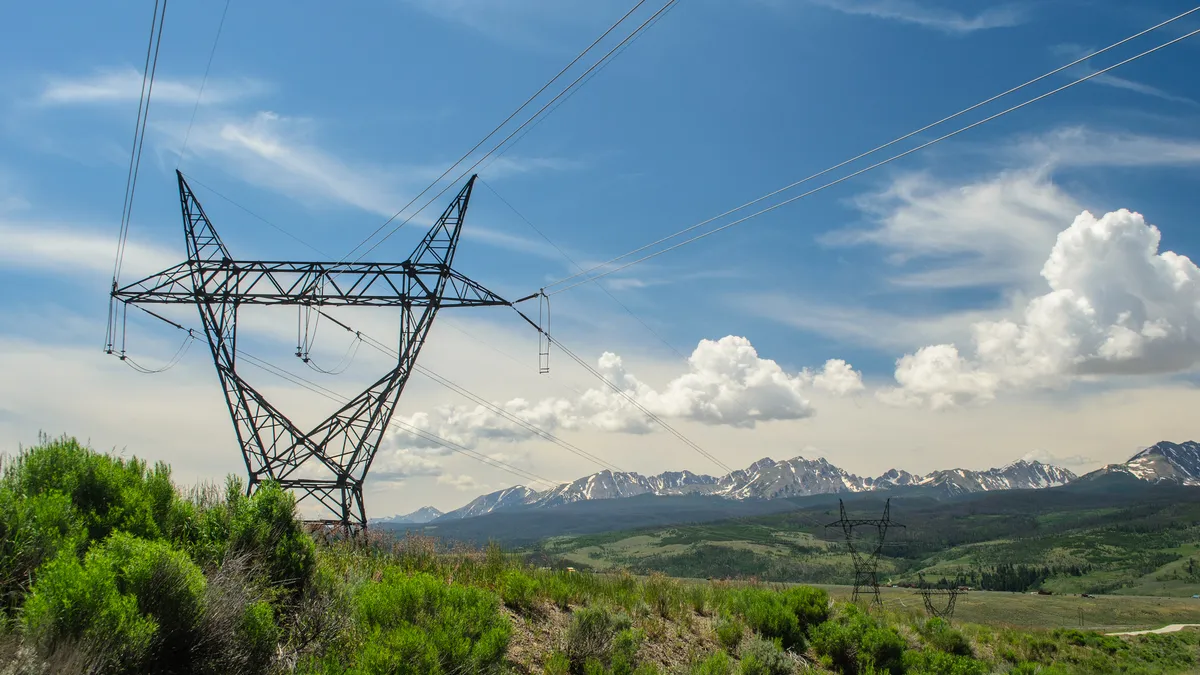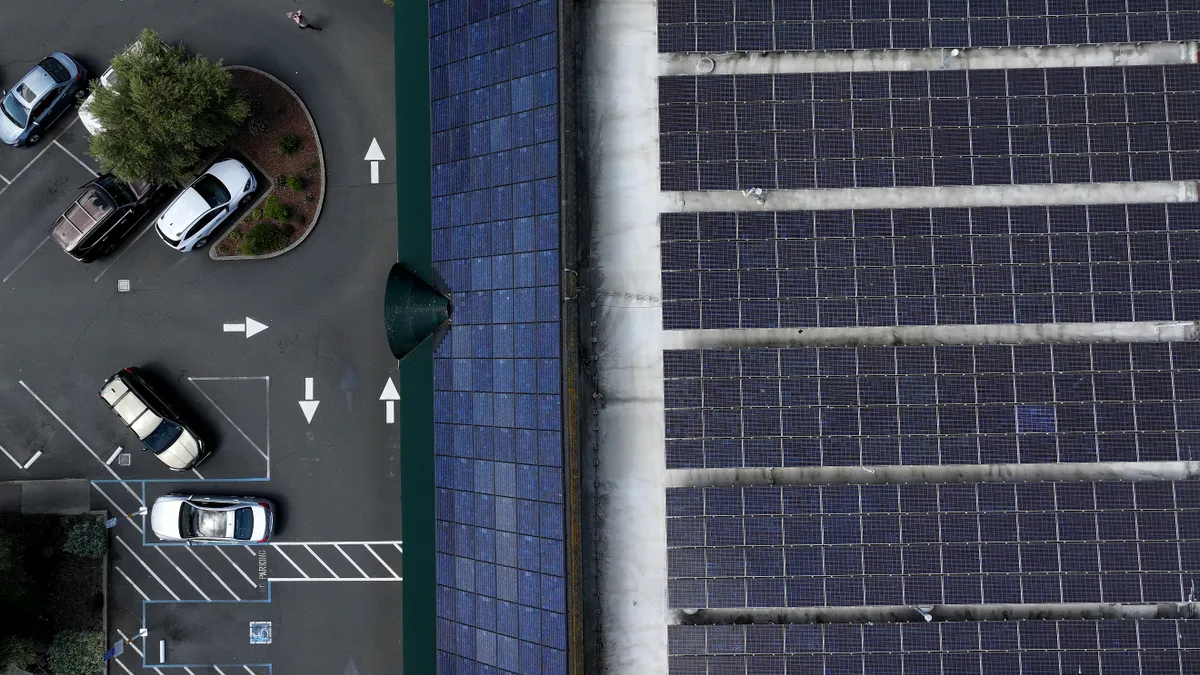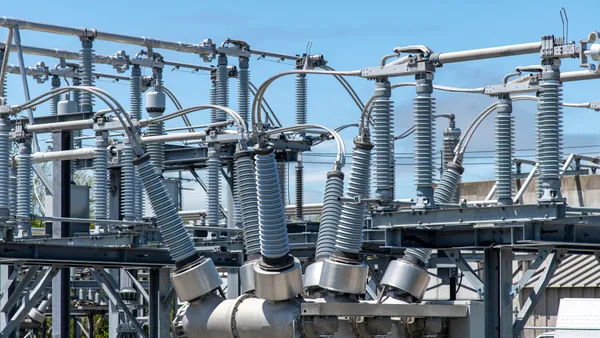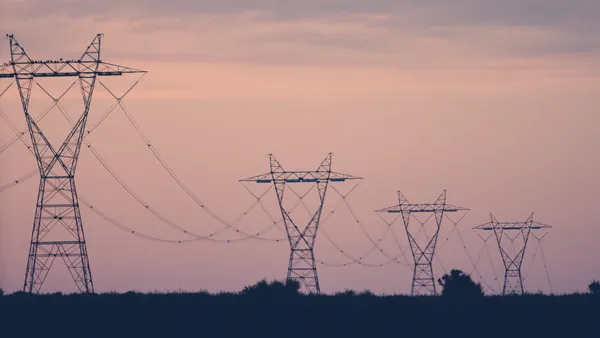Editor’s note: This story is developing and will be updated.
The Federal Energy Regulatory Commission on a 2-1 vote issued a long-awaited transmission planning and cost allocation reform rule at a special open meeting Monday.
The rule — proposed in April 2022 — requires transmission planners to consider multiple forward-looking factors, such as the changing resource mix and customer demand on their systems, over at least 20 years when they develop their plans. Transmission operators must also consider seven economic and reliability benefits when considering possible transmission projects, such as how transmission could help grid operators handle extreme weather events.
In a change from the proposal, FERC declined to give investor-owned utilities and public power utilities the right of first refusal for jointly built transmission projects. The ROFR would have given them the right to build a project without it going out to bid by independent transmission companies.
“This rule cannot come fast enough,” FERC Chairman Willie Phillips said during the meeting. “There is an urgent need to act to ensure the reliability and the affordability of our grid.”
The United States is experiencing significant load growth, the power supply mix is changing and the grid is being pushed to the brink by extreme weather, according to Phillips. But high-voltage power line construction hit a record low in 2022, and much of that construction was “Band Aid fixes,” he said, noting that FERC hasn’t updated its transmission planning requirements in more than a decade.
FERC Commissioner Mark Christie, who voted against the rule, said it was a “historic failure” that was designed to steer money from consumers to renewable energy developers, transmission companies and corporations with clean energy preferences.
The rule will take effect 60 days after it is published in the Federal Register; transmission operators will have 10 months to file plans to meet most of its requirements.
FERC also revised its requirements for issuing backstop permits for transmission projects in national interest electric transmission corridors. These are areas the Department of Energy has determined are congested, which can increase consumer power prices.
An NIETC designation would allow FERC to issue permits for transmission lines in a corridor when state regulators lack the authority to site the line, have not acted on an application to site the line for over a year or have denied an application. In a change from the proposal, transmission developers will have to wait a year after they start the state permitting process before they can start the FERC process, rather than starting them at the same time.
The DOE last week proposed 10 potential national transmission corridors.













